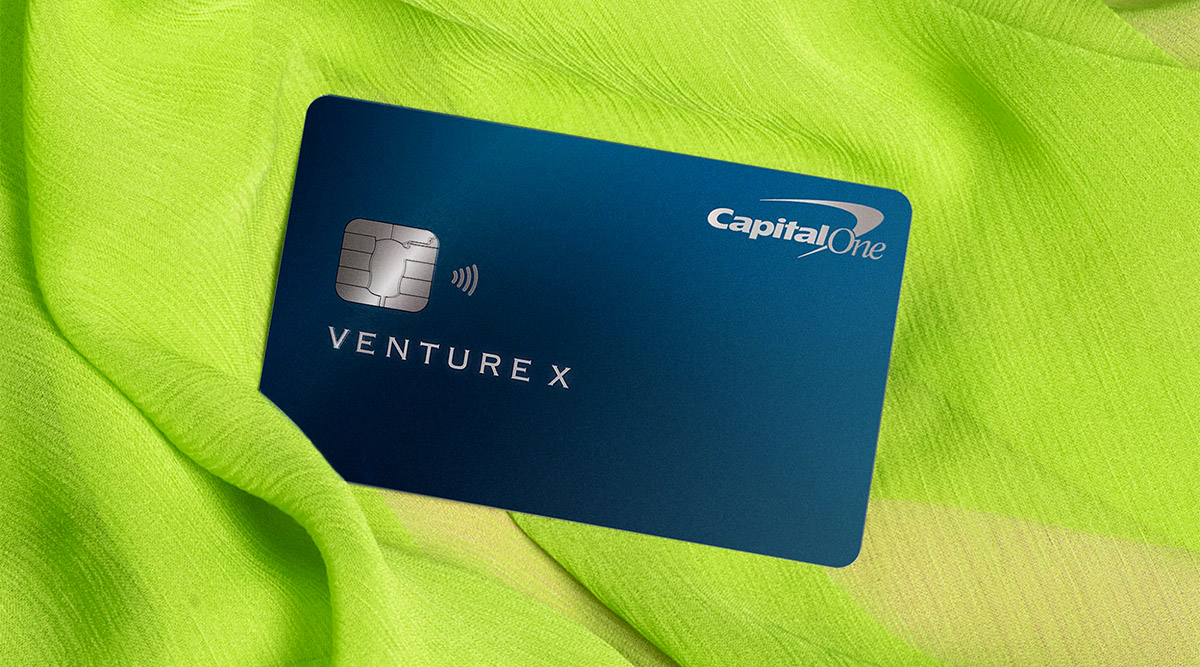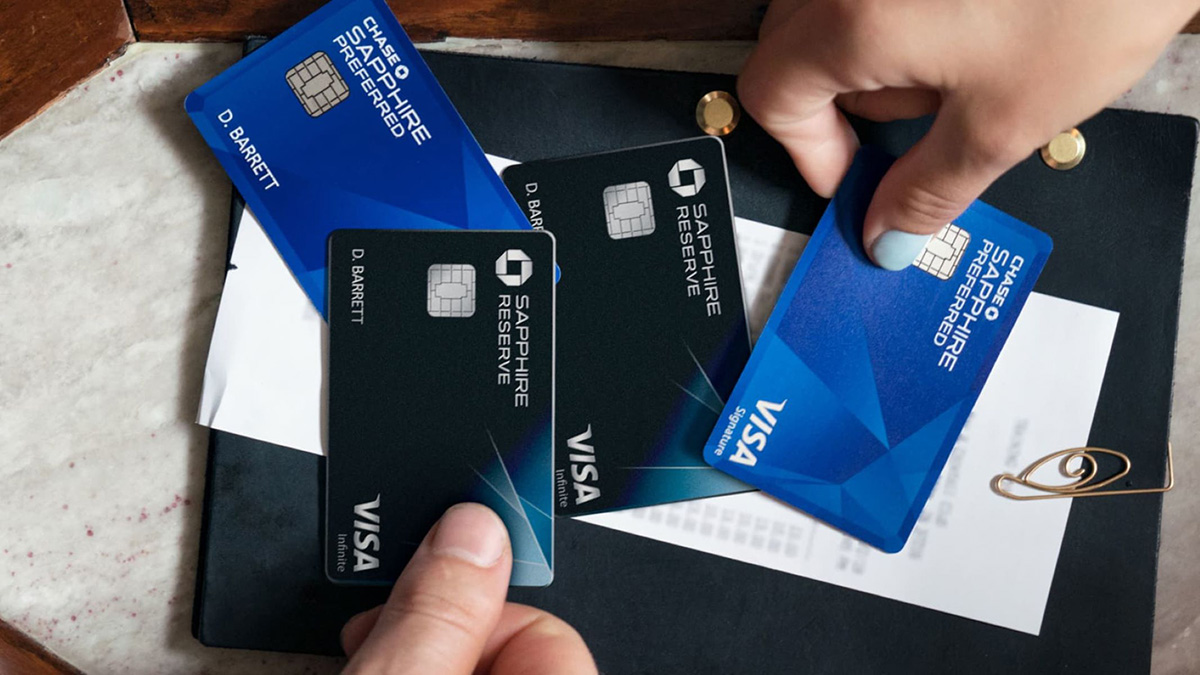

Finance
What Is SEI On My Credit Card
Published: November 5, 2023
Discover what SEI on your credit card means and how it impacts your financial situation. Get valuable insights and tips on managing your finances effectively.
(Many of the links in this article redirect to a specific reviewed product. Your purchase of these products through affiliate links helps to generate commission for LiveWell, at no extra cost. Learn more)
Table of Contents
Introduction
When it comes to managing our finances, credit cards have become an essential tool. They offer convenience, flexibility, and various perks. However, it’s not uncommon to see unfamiliar terms or abbreviations on our credit card statements. One such abbreviation you may come across is “SEI.” But what does SEI mean on your credit card statement? In this article, we will delve into the world of SEI and understand its significance.
SEI stands for “Sequence Event Indicator,” which is a code used by credit card processing systems to track and categorize transactions. Essentially, it is a way for credit card companies and merchants to identify the sequence of events or actions associated with a particular credit card transaction. Each transaction is assigned a unique SEI code, making it easier to analyze and manage credit card activity.
It’s important to note that SEI is not unique to a specific credit card company but rather a standard coding mechanism utilized across the industry. Therefore, whether you have a Visa, Mastercard, or American Express, you may still encounter SEI on your credit card statement.
Now that we have a basic understanding of what SEI is, let’s explore how it appears on your credit card statement and its purpose.
What is SEI?
SEI, which stands for Sequence Event Indicator, is a code used by credit card processing systems to track and categorize transactions. It is a standardized coding mechanism used across the credit card industry to identify the sequence of events or actions associated with a particular transaction. Each credit card transaction is assigned a unique SEI code, making it easier for credit card companies and merchants to analyze and manage credit card activity.
SEI codes provide valuable information about the nature of a transaction. They can indicate whether a transaction is a purchase, a refund, a cash advance, a balance transfer, or a recurring payment. This information helps credit card issuers and merchants understand the type and frequency of transactions occurring on a card, allowing them to better manage risk, detect potential fraudulent activity, and provide relevant data for reporting and analysis purposes.
SEI codes play a crucial role in credit card transaction processing. They help ensure that each transaction is accurately recorded and processed according to its specific type. For example, if a cardholder makes a purchase using their credit card, the SEI code associated with that transaction will classify it as a regular purchase. On the other hand, if a cardholder requests a balance transfer, the SEI code will indicate that the transaction involves transferring an outstanding balance from one credit card to another.
By organizing transactions into categories, SEI codes enable credit card issuers and merchants to gain insights into consumer spending patterns, identify trends, and make informed business decisions. Furthermore, SEI codes are vital for customer service representatives as they assist in providing accurate and detailed information to cardholders when they inquire about their transactions or account activity.
Overall, SEI is a fundamental component of credit card transaction processing. It helps ensure the efficient and accurate handling of credit card transactions by providing a standardized method of categorizing and tracking each transaction’s sequence of events.
How does SEI appear on my credit card?
SEI codes do not typically appear directly on your physical credit card. Instead, they are used behind the scenes by credit card processing systems to track and categorize transactions. However, you may come across references to SEI on your credit card statement or online transaction history.
On your credit card statement, SEI may be displayed as a code or abbreviation alongside the corresponding transactions. It can be in the form of a numerical code, such as “SEI 1234,” or a letter abbreviation like “SEI PUR” for a purchase transaction. The specific format and placement may vary depending on your credit card issuer.
Online banking platforms or mobile apps also often include SEI references when displaying your transaction history. They may have a designated column or field that shows the SEI code next to each transaction. This helps you identify the type of transaction and provides a clearer breakdown of your spending.
While SEI codes might seem confusing or unfamiliar at first glance, they are essentially a way for credit card companies to categorize and organize transaction data. By incorporating SEI codes into credit card statements and online banking platforms, they are providing transparency and enabling cardholders to have a better understanding of their spending habits.
If you have any questions or concerns about SEI codes on your credit card statement, it is always a good idea to reach out to your credit card issuer’s customer service. They can provide further clarification and address any inquiries you may have regarding specific transactions.
Why is SEI on my credit card statement?
SEI, or the Sequence Event Indicator, appears on your credit card statement to provide important information about the type and nature of each transaction. It serves several purposes that benefit both the credit card issuer and the cardholder.
1. Transaction Categorization: SEI codes help categorize transactions into specific types, such as purchases, cash advances, balance transfers, or refunds. This categorization allows credit card companies to analyze spending patterns, identify trends, and gain insights into cardholders’ behavior. It helps them understand their customer base better and make informed decisions about their products and services.
2. Risk Management: SEI codes assist credit card issuers in managing risk. By tracking different types of transactions, they can identify any suspicious or fraudulent activity that deviates from the cardholder’s usual spending patterns. This enables them to take necessary measures to protect the cardholder’s account and mitigate potential losses.
3. Fraud Detection: SEI codes play a crucial role in detecting fraudulent transactions. Unusual or unauthorized transactions that do not align with the SEI code associated with the cardholder’s spending habits can raise red flags and prompt further investigation by the credit card issuer. This helps protect both the cardholder and the credit card company from fraudulent activities.
4. Reporting and Analysis: SEI codes provide valuable data for reporting and analysis purposes. Credit card issuers can generate comprehensive reports based on transaction types and trends, allowing them to evaluate the performance of their credit card programs, identify areas for improvement, and develop targeted marketing strategies.
Overall, the presence of SEI on your credit card statement ensures accurate classification and tracking of your transactions. It helps credit card issuers manage risk, detect fraud, and improve their services, ultimately benefiting both the cardholder and the company.
How does SEI affect my credit score?
It’s important to note that SEI, or the Sequence Event Indicator, does not directly impact your credit score. Credit scoring models consider various factors, such as payment history, credit utilization, length of credit history, and types of credit, but SEI codes are not a specific component of these models.
SEI codes primarily serve to categorize and track transactions on your credit card statement and do not have a direct influence on your creditworthiness. However, the way you manage your credit card and the transactions associated with SEI codes can indirectly impact your credit score. Here are a few factors to consider:
1. Payment History: Regardless of the SEI code associated with a transaction, it’s crucial to make timely payments on your credit card. Late or missed payments can have a negative impact on your credit score. Ensuring that you pay your credit card balance in full and on time every month is a key factor in maintaining a good credit score.
2. Credit Utilization: SEI codes do not directly impact your credit utilization, which is the percentage of your available credit that you are currently using. However, how you utilize your credit card and the types of transactions you make can indirectly affect your credit utilization. It’s generally recommended to keep your credit utilization below 30% to maintain a healthy credit score.
3. Creditworthiness: While SEI codes themselves do not factor into your credit score, the overall management of your credit card and how you handle your transactions can reflect on your creditworthiness. Consistently using your credit card responsibly, making timely payments, and keeping your balances low can positively impact your creditworthiness and improve your credit score over time.
It’s essential to remember that credit scores are influenced by various factors beyond SEI codes. Maintaining a good credit score involves responsible credit card usage, maintaining low credit card balances, making on-time payments, and managing your overall credit profile effectively.
If you have concerns about your credit score or specific transactions on your credit card statement, it’s advisable to review your credit report regularly and seek guidance from a credit counselor or financial professional.
How can I contact SEI regarding my credit card?
If you have questions or concerns about SEI codes or any other aspect of your credit card, it’s important to reach out to your credit card issuer’s customer service. They will be able to provide you with the necessary information and assistance. Here are a few ways you can contact SEI regarding your credit card:
1. Customer Service Phone Number: Most credit card issuers have a dedicated customer service phone number printed on the back of your credit card. This is usually a toll-free number that you can call to speak with a customer service representative. They will be able to address your questions or concerns about SEI codes or any other inquiries related to your credit card.
2. Online Chat Support: Many credit card issuers offer online chat support on their website or mobile app. This allows you to communicate with a representative in real-time via text chat. You can initiate a chat session and discuss your concerns about SEI codes or any other credit card-related matters. This option can be convenient and efficient for getting quick answers and assistance.
3. Secure Messaging: Some credit card issuers provide a secure messaging feature on their online banking platform. This allows you to send a message directly to the customer service team to inquire about SEI codes or any other issues. You can typically expect a response within a specified timeframe, ensuring your queries are addressed in a secure and timely manner.
4. Email Communication: Credit card issuers may also have an email address dedicated to customer inquiries. You can send an email to this address with your questions about SEI codes or any other concerns. Make sure to provide all relevant details and information for a more accurate response.
When reaching out to SEI or your credit card issuer, be prepared with any necessary information, such as your credit card number, transaction details, and any specific questions you have. Providing clear and concise information will help the customer service representative assist you more effectively.
Remember that SEI codes are a standard industry classification system and are used by credit card processors. While the credit card issuer’s customer service can provide information and address your concerns, they may not have detailed insights into the specific SEI codes associated with each transaction. For more specific inquiries, a merchant or retailer involved in the transaction may be able to provide further clarification.
Conclusion
In conclusion, SEI, or Sequence Event Indicator, is a code used by credit card processing systems to track and categorize transactions. While SEI codes themselves do not directly impact your credit score, they play a crucial role in transaction categorization, risk management, and fraud detection for credit card issuers.
SEI codes are not unique to a specific credit card company and are used as a standardized mechanism across the credit card industry. They provide valuable information about the nature of each transaction, allowing credit card issuers and merchants to better understand consumer spending patterns and make informed business decisions.
Although SEI codes appear on your credit card statement, they do not directly affect your credit score. However, how you manage your credit card and the transactions associated with SEI codes can indirectly impact your creditworthiness. Timely payments, responsible credit utilization, and overall diligent credit card usage contribute to maintaining a good credit score.
If you have any questions or concerns about SEI codes or any other aspect of your credit card, contacting your credit card issuer’s customer service is the best course of action. They can provide you with the necessary information and assistance to address your inquiries and provide clarification on specific transactions.
Understanding SEI codes and their significance can empower you to better manage your credit card activity and make informed financial decisions. By staying informed and responsible in your credit card usage, you can maintain a healthy credit score and navigate the world of credit with confidence.














